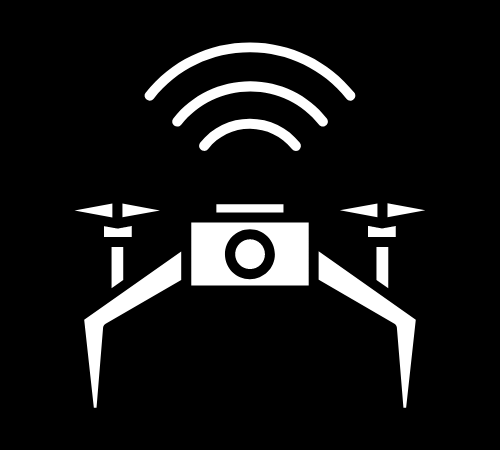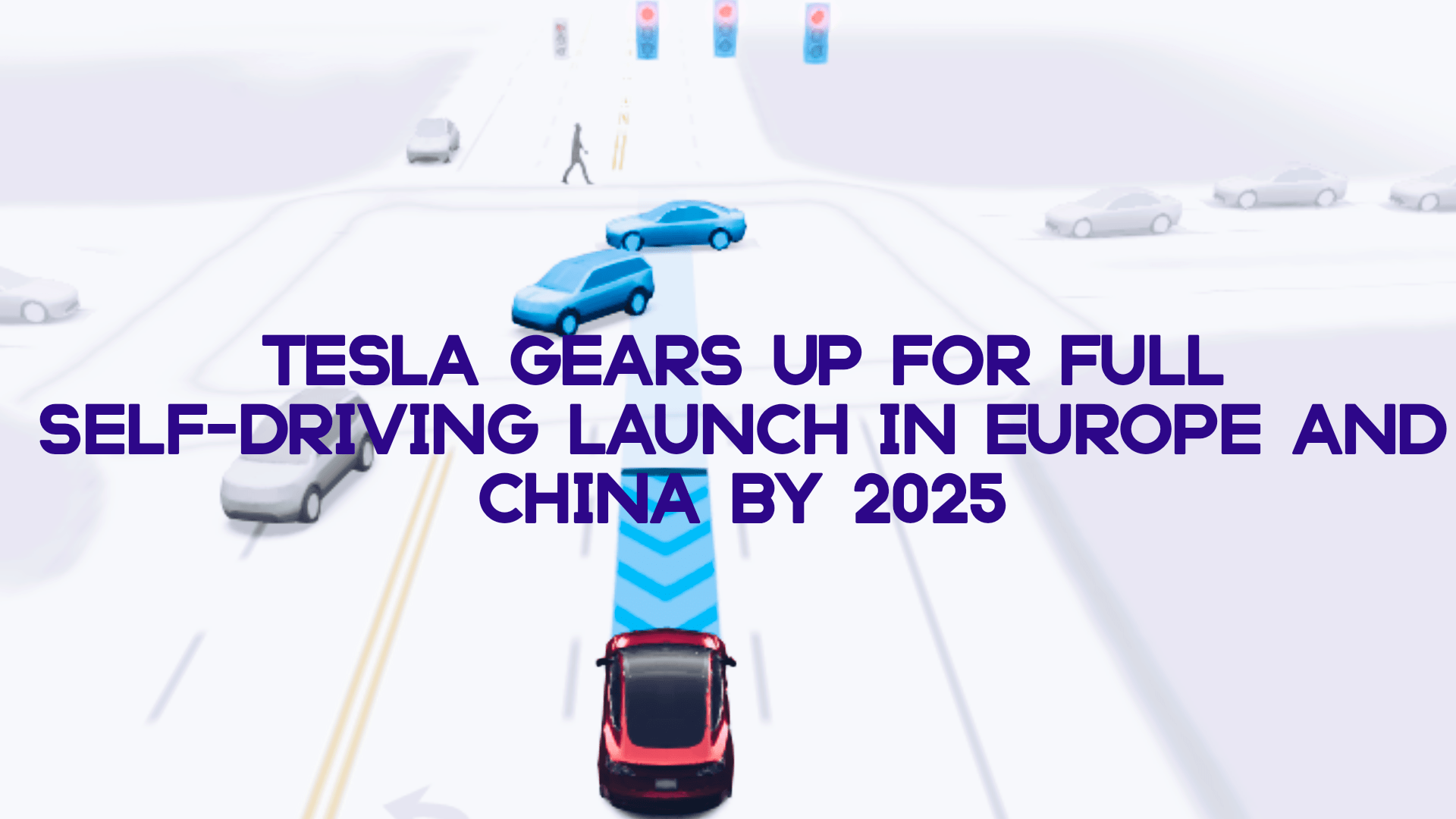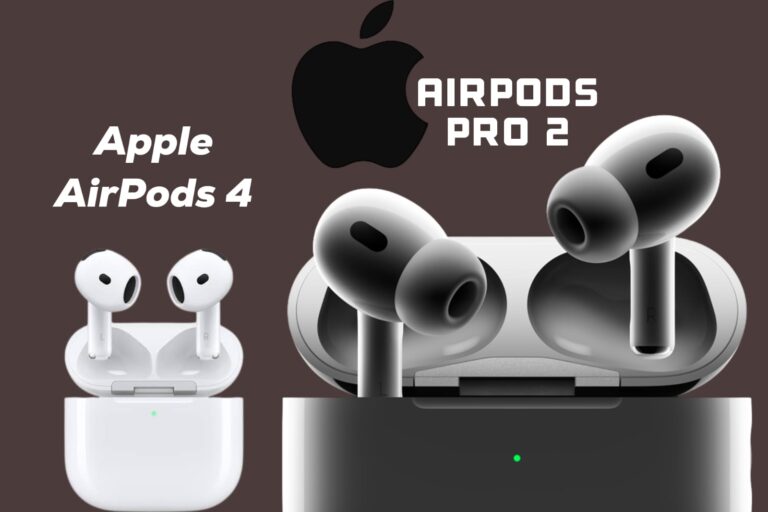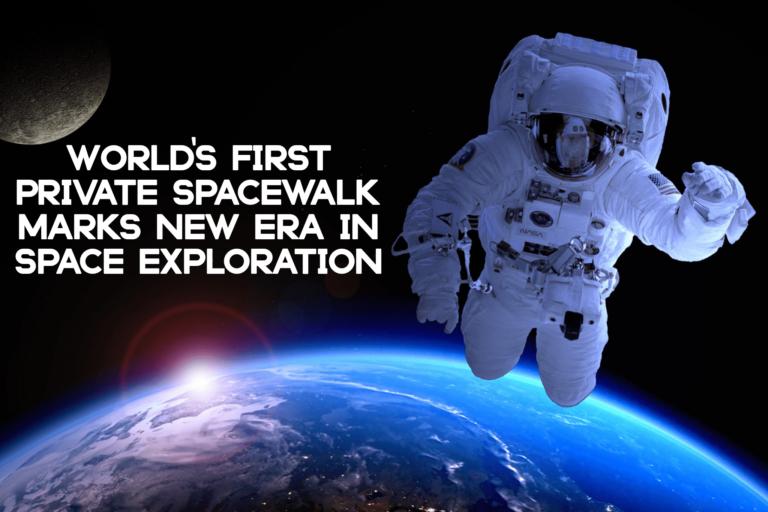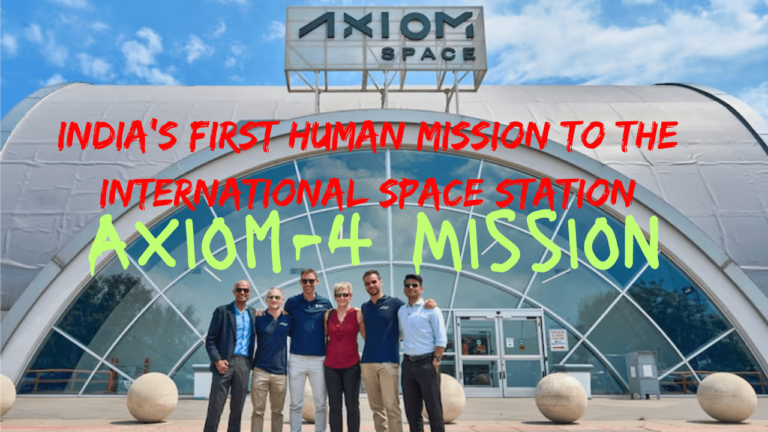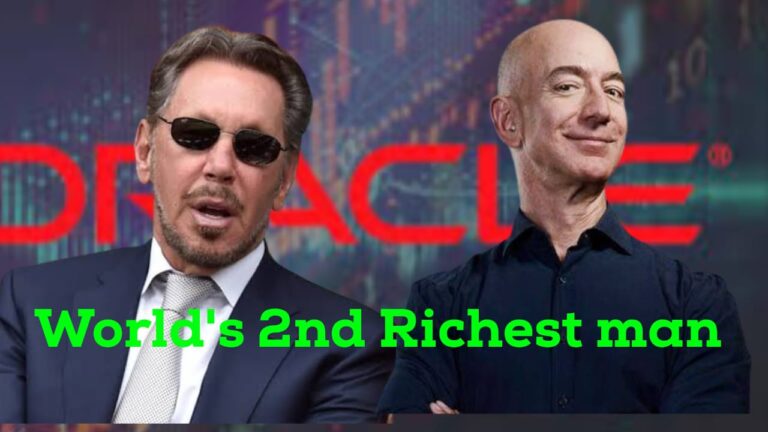Tesla is making strides toward expanding its Full Self-Driving (FSD) technology, with plans to bring the highly anticipated driver-assistance system to Europe and China in early 2025. Elon Musk’s electric vehicle giant recently shared this exciting update on X (formerly Twitter), announcing that the FSD feature—currently available as a paid add-on—could launch in both regions by the first quarter of 2025, contingent upon regulatory approval.
A Game-Changer in the Making
Tesla’s FSD has long been a cornerstone of Musk’s vision to transform Tesla into an AI-driven leader in autonomous driving technology. While the name “Full Self-Driving” might suggest complete autonomy, it’s important to note that Tesla’s current FSD system still requires drivers to remain fully engaged, keeping their hands on the wheel and their eyes on the road. Tesla drivers must be prepared to take over control at any moment, as FSD is not yet fully autonomous.
Despite this, FSD represents a significant leap forward from Tesla’s already-popular Autopilot, which offers advanced driver assistance features in both Europe and China. Tesla has been refining and enhancing its FSD capabilities for years, even offering a limited version of the system in China.
Regulatory Challenges
While the technology is advancing rapidly, the biggest hurdle remains regulatory approval. Tesla is still awaiting the green light from European and Chinese regulators to roll out FSD in these regions. In July, Musk expressed optimism that approval would come by the end of 2024, setting the stage for an early 2025 launch.
Tesla’s challenge is not just technical but also legal, as many countries have stringent safety and operational guidelines for autonomous vehicle technology. The approval process in Europe and China will be critical for Tesla to achieve its global FSD ambitions.
The Road Ahead: FSD’s Role in Tesla’s Future
Since 2016, Musk has promised that Tesla would pioneer fully autonomous vehicles, but technical complexities and regulatory restrictions have delayed this dream. Despite these setbacks, Tesla continues to lead the charge in autonomous driving technologies, setting the stage for a new era in transportation.
Full Self-Driving remains a central pillar of Musk’s broader strategy to integrate AI more deeply into Tesla’s operations, positioning the company at the forefront of the self-driving revolution. With the potential regulatory go-ahead in early 2025, Tesla could soon be changing the way drivers in Europe and China interact with their cars.
What to Expect from FSD
If regulatory approval is granted, Tesla’s FSD will be a game-changer in two of the world’s largest markets for electric vehicles. While FSD isn’t fully autonomous yet, it offers a suite of features that make driving easier and more intuitive. This includes advanced lane-keeping, automatic lane changes, adaptive cruise control, and the ability to navigate complex city streets and highways with minimal driver intervention.
As Tesla continues to refine and improve its FSD system, it’s clear that the company is not just building cars, but shaping the future of transportation itself.
Conclusion
Tesla’s planned FSD launch in Europe and China in 2025 represents a significant step forward in autonomous driving technology. With regulatory approval potentially on the horizon, the rollout of FSD could redefine Tesla’s position in the global electric vehicle market and pave the way for fully autonomous driving in the near future.
As always, Tesla enthusiasts and industry watchers alike will be keen to see how this technology evolves and whether Tesla can overcome the remaining regulatory and technical challenges to bring truly self-driving cars to the world.
By staying ahead of competitors in both innovation and communication, Tesla continues to push the boundaries of what’s possible in the automotive industry. With its eyes set on Europe and China, the future of Full Self-Driving is closer than ever before.
